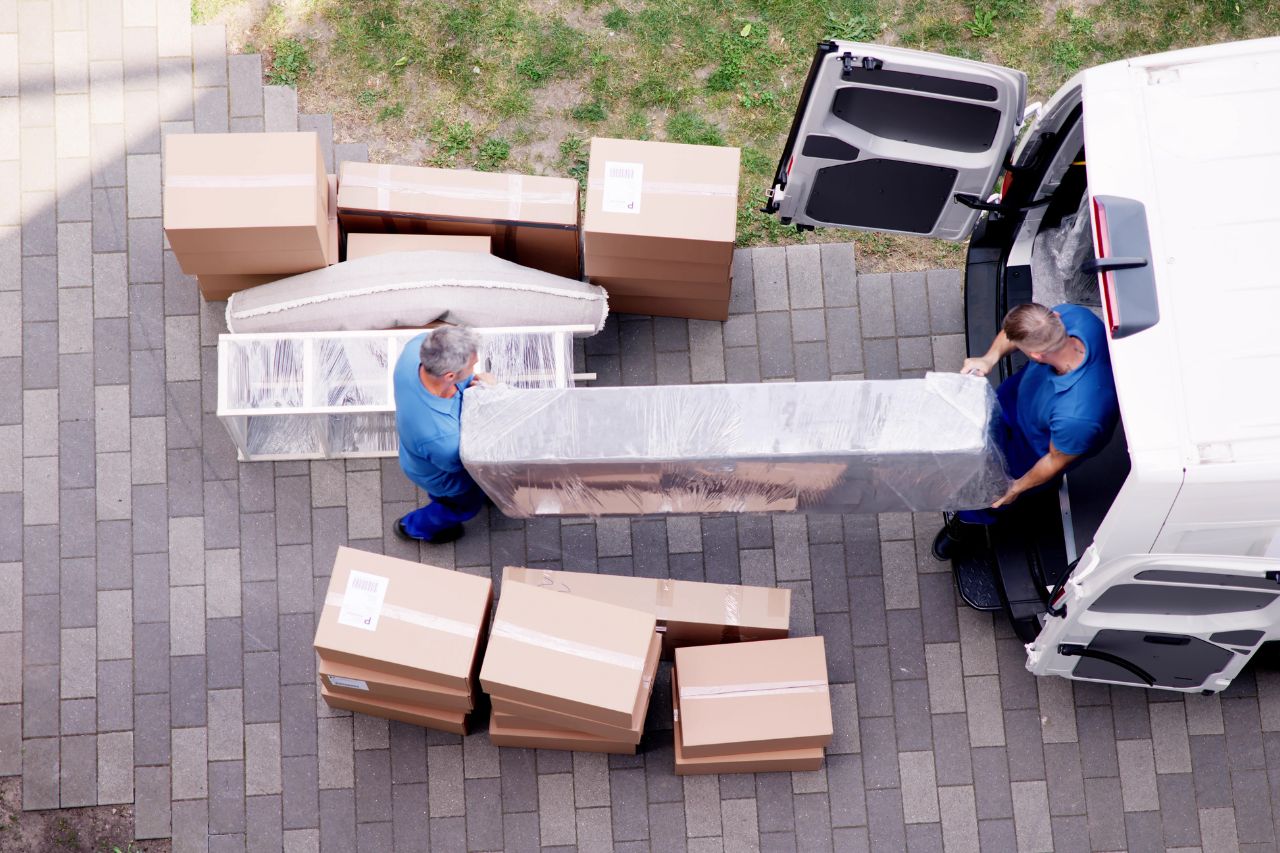
Moving to a new home is an exciting journey, but knowing what to pack first when moving and properly wrapping your furniture can be one of the most challenging and nerve-wracking parts of the process. Whether you’re relocating down the street in Charlotte, FL, or embarking on a longer-distance move, properly wrapping your furniture protects it from scratches, dents, and damages during transit. At Flamingo Moving, Charlotte’s trusted moving company, we understand the importance of safeguarding your cherished furniture. Here’s an in-depth guide on how to wrap furniture for moving, ensuring a smooth, damage-free relocation.
Furniture isn’t just furniture , it’s the centerpiece of your living room, the heirloom passed down generations, or the cozy spot for family memories. Poorly wrapped furniture can get scratched, chipped, or worse, broken in the chaos of moving trucks and tight staircases. Using the right wrapping materials and techniques creates a protective barrier that absorbs shocks, prevents abrasions, and keeps your furniture looking pristine when you arrive at your new Charlotte home.
At Flamingo Moving, we use professional-grade packing supplies tailored to your furniture type and move specifics. Key materials include:
By combining these materials, Flamingo Moving ensures your furniture maintains its condition throughout the Charlotte moving process.
Preparation sets the stage for effective wrapping:
Start by applying furniture blankets around each piece. Use multiple blankets for larger items to ensure full coverage.
Next, secure the blankets with stretch plastic wrap, wrapping around the furniture tightly but not excessively compressing it. This keeps covers in place and locks in movable parts like doors and drawers.
Fragile or glass parts get an additional layer of bubble wrap before the blanket to absorb impacts. For intricate wood carvings or antique finishes, extra padding helps avoid abrasion.
Corners and edges receive specialized cardboard protectors or additional blankets folded to form protective “pillows”, minimising impacts on vulnerable spots.
Secure all wrapping efficiently using packing tape and straps where appropriate—but never apply tape directly on wood or fabric finishes to prevent damage.
Label each wrapped item with clearly marked tags or color-coded labels indicating its destination room in your Charlotte home. Proper labeling aids efficient unloading and unpacking.
Use sofa covers or specialized upholstery wraps under moving blankets to shield fabric and prevent dirt or moisture absorption.
Cushions and pillows go in separate, sealed bags or boxes to preserve shape and cleanliness.
Avoid wrapping wood entirely in plastic to prevent moisture buildup and wood warping. Use breathable materials like blankets and paper to protect finishes.
Wrap glass panels in bubble wrap and insert between sturdy cardboard sheets for double protection. Label these items “Fragile” on all sides.
Custom crate constructions may be necessary for delicate, antique, or unusually shaped furniture. Flamingo Moving provides these specialized packing solutions upon request.
Once wrapped, proper loading into the truck or container is vital:
Flamingo Moving’s experienced loading teams in Charlotte know how to maximize space and protect your belongings.
What is the best material to wrap furniture in for moving?
Moving blankets and stretchable plastic wrap are most commonly used by professionals. Bubble wrap is added for fragile surfaces, while cardboard protects corners.
Can I wrap furniture with plastic wrap myself?
Yes, but do so cautiously. Wrap tightly to secure but don’t over-compress which can damage delicate finishes or trap moisture.
How do professional movers prevent furniture from shifting in trucks?
They use balanced loading, tie-down straps, padding and consistent checks to immobilize all pieces, preventing damage during transit.
Ready to protect your furniture with expert wrapping and trusted moving services in Charlotte, FL? Contact Flamingo Moving today or visit us at flamingomoving.com to get a free quote and see how we can make your next move safe and hassle-free.
Proper furniture wrapping is crucial for every successful move. Flamingo Moving combines seasoned expertise, premium packing materials, and local Charlotte knowledge to safeguard your furniture and possessions from start to finish. Trust us to deliver your belongings in perfect condition to your new home.